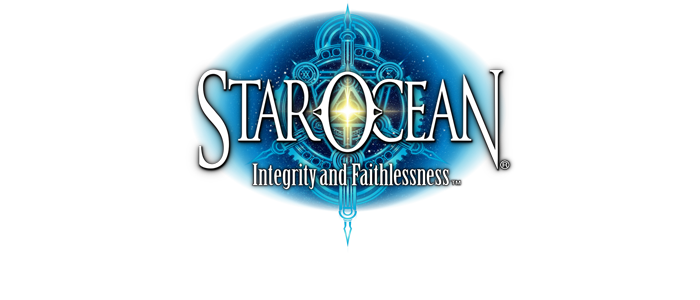- Genre: JRPG
- Platform: Wii U
I’m gonna start this off with some big words. This is the best JRPG I’ve played this year. This is also probably the best JRPG I’ve played on the current PS4/Wii U generation of consoles. The only two traditional JRPGs I think have come close in that timeframe are Persona 4 and Shin Megami Tensei 4, which not too shockingly share a development studio and a lot of gameplay with this one. There’s something in the water at Atlus, and if you’re a fan of JRPGs, this is one I would go as far as saying it’s worth buying a console for.
It wouldn’t be a huge stretch to say that this is basically Persona 5, if Persona 5 wasn’t also coming down the pipeline. It shares a lot of the DNA of that series, and will be largely familiar to fans of P4. The main cast go in and out of an alternate dimension, they’re possessed by beings from that dimension, and they battle demons while in that dimension. Sure, the alternate dimension is all Fire Emblem, but that’s the story covering taking place here. There’s also the real-world interludes, this time showing the life of a Japanese entertainment agency, rather than a bunch of high schoolers, but when you aren’t battling, you’re doing a lot of relationship management similar to the Persona series.
The battle system also shares a lot with the Persona and SMT series, but starts to split away a little bit here in the specifics of how battles go. The core of the system is the same. The cast take turns attacking enemy demons, with order determined by built-in speed. Hitting the enemy with an attack or spell they are weak to still gives a bonus. However, rather than simply knocking over the enemy and gaining a bonus turn, the strength/weakness setup now initiates a chain attack among the entire party. As the game progresses, you gain the ability to chain these together with duo attacks, as well as the ability for out-of-party members to join the attack. Although the duo attacks are somewhat random, I’d seen up to an 18 chain, and suspect this could be pushed further if things rolled your way. This has the effect of drastically increasing the value of knowing the weaknesses of your enemies over past SMT-series titles. Doing anything greater than a 2 hit chain also gives bonus items and bonus money, increasing the need to take advantage of this further. Because switching characters out during fights is free and doesn’t incur any delay, it also means that you’re constantly shuffling to take advantage of these weaknesses, even in trash fights.
There’s also a number of sub-systems that offer a lot of flexibility to how you build characters. The short version is that any kill can drop an item type called Performa. This can either be generic, or enemy-specific. There’s also Performa that occurs from story events, or in treasure chests scattered around the world. All of these can go into three different things. The first is weapons, the second are character-specific skills and passive effects, and the third are Fire Emblem-style secondary class upgrades.
The most important of these really falls onto the weapons. Weapons are the thing that gains skills, similar to demons in SMT or Persona skills in those titles. The skills can either fall into main skills, combo skills, or passives. Each weapon can give 4 skills, and can be upgraded once fully mastered to continue giving more. Because of this, the main upgrade loop is entirely focused around maximizing the number of times you can get through weapon upgrades, and building out the individual skill trees from there. Because each skill type is capped in the number that can be actively known, there is also a bit of a sub game in making sure that the combo skills in particular are setup in a way to maximize the amount and length of combo chains that can be pulled off by any party configuration.
In the end, there really wasn’t much that bothered me about this game. To some extent it definitely has very SMT problems with bosses generally having one-shot mechanics. This is definitely not something I’ve ever been a fan of, but there are plenty of options there to either force avoidance of the attacks, or in a worst-case, simply dropping the difficulty down to get through a fight, which has no penalty. The game could probably be somewhat grindy if you aren’t actively doing the side story content, but the skill advantages of doing the side stories are so good that I don’t think it’s worth skipping that content just to save a few hours. As it is, this is about a 60 hour game, which is perhaps on the longer side of a typical JRPG, but not by much, and I think JRPG fans will enjoy the experience throughout.

